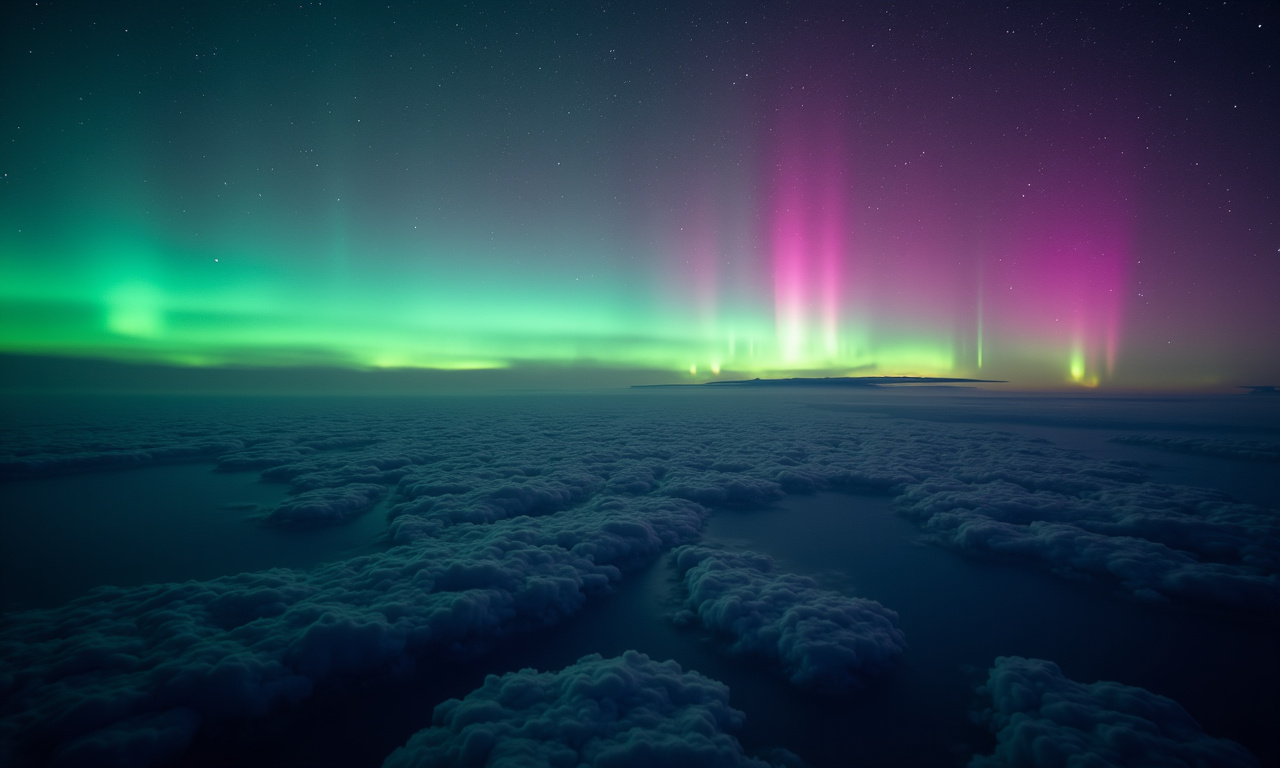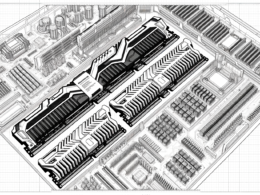On November 11, 2025, residents across North America were treated to an extraordinarily bright and expansive display of auroras. Vivid green, pink, and purple lights danced in the skies, even reaching southern states like Texas and Arizona, as well as parts of Mexico – a rare phenomenon for mid-latitudes. This spectacle was triggered by a powerful class G4 geomagnetic storm caused by a Coronal Mass Ejection (CME) from the Sun. A CME is a massive cloud of charged solar plasma hurled into interplanetary space. Upon reaching Earth two days later, it distorted the magnetosphere – the protective magnetic “bubble” of our planet. Consequently, charged particles penetrated deeper into the atmosphere than usual. Their collision with nitrogen and oxygen molecules created the bright glow characteristic of auroras.
The JPSS (Joint Polar Satellite System) operated by the National Oceanic and Atmospheric Administration (NOAA) of the United States captured this phenomenon from orbit. The satellites produced composite images in visible and infrared ranges, accurately identifying zones of maximum auroral activity over the continent.

Geomagnetic storms of the G4 class can enhance auroras but also pose risks to power grids, communication systems, and satellite navigation. Although no significant disruptions were reported this time, experts continue monitoring the situation. Such events correlate with the peak of solar activity, occurring every 11 years. The current cycle began in 2019 and is expected to peak between 2025-2026, explaining the increase in intense flares and ejections.
Monitoring these storms is crucial for safeguarding Earth’s technological infrastructure. Data from NOAA satellites will assist in refining space weather forecasting models. Scientists plan to further study the link between solar activity and geomagnetic disturbances, especially as the cycle nears its peak. This understanding is vital as more countries become reliant on technologies that can be affected by space weather.








